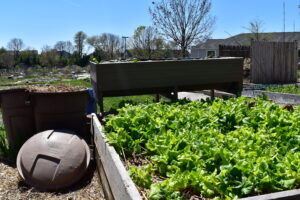ICPRB’s Quarterly Business Meeting to be held June 14
The Interstate Commission on the Potomac River Basin (ICPRB) will hold its 3rd-quarter business meeting on June 14, 2022. The meeting will begin at 9:45 a.m. The Section for Cooperative Water Supply Operations on the Potomac (CO-OP) will begin at 8:30 a.m.
During the business meeting, the Commissioners will get an update on ICPRB recent activities and learn more about the current and historical moves to allow swimming in the Potomac River.
The draft agenda and historical meeting documents can be found on the Business Meetings page.
The meeting will be virtual. Members of the public who wish to view the proceedings should Contact Us no later than close-of-business on Friday, June 10, for a registration link.


